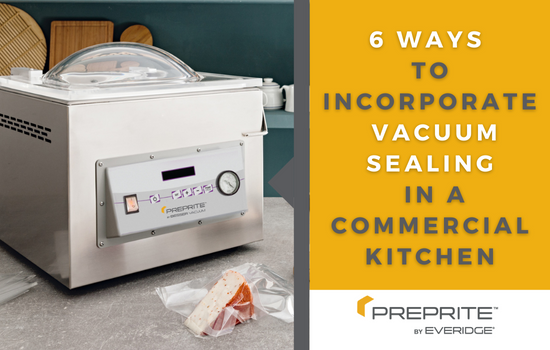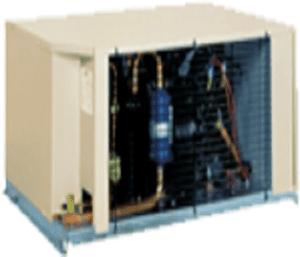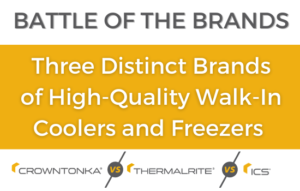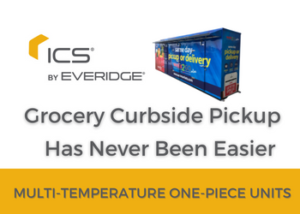Six Ways to Incorporate Vacuum Sealing into Your Commercial Kitchen

- August 30, 2022
Restaurants and commercial kitchens are facing ongoing challenges, from rising food and energy costs to finding and retaining adequate staff. Creative approaches to kitchen productivity and food waste can help reduce your cost burdens and increase the bottom line for the foodservice industry.
PrepRite by Everidge offers a line of cook-chill food solutions to increase efficiencies and reduce food loss to save you money over time. Among those items is a series of commercial vacuum sealers (and premium vacuum sealer bags), each designed to function independently or combined for ultimate impact to your bottom line.
If you’re wondering just how to adopt vacuum sealing for your commercial kitchen, here are six different ways to make the most of it.

Vacuum Seal to Portion Bulk Buys
Buying in bulk often means a significant cost savings. These savings can be squandered if perishables and other goods aren’t properly cared for. Divide bulk buys into pre-allocated portions before vacuum sealing. This reduces the prep work required and provides a layer of error-proofing for busy kitchen staff.
Once vacuum sealed, these goods will also occupy less space than before—often a welcome side effect. As many restaurants face limited cold storage, this can effectively maximize available space.

Vacuum Seal to Marinate Faster
Significantly reduce marination time by vacuum sealing. The vacuum sealing process lowers the pressure inside the bag, creating a suction-like effect that causes liquid to penetrate the meat more quickly—some say as quickly as 30 minutes. This is true for liquid marinades, but it will still benefit meats coated with powdered seasonings or dry rubs.
Additionally, vacuum sealing can reduce the amount of marinade needed. Instead of filling a container with marinade—much of it not in direct contact with the meat—only a portion is needed for full immersion in a vacuum sealed bag.
Once vacuum sealed, the meat is protected from accidental spillage and contamination from outside sources during its marination time. From there, it can be easily transferred to a sous vide water bath for fuss-free cooking.

Vacuum Seal to Sous Vide (use the correct bag!)
It is possible to sous vide cook without vacuum sealing, but let’s face it—the two go together like peanut butter and jelly.
Sous vide cooking provides numerous perks that have seen its increasing adoption in American restaurants over recent years. With precision temperature control, food is cooked slowly and evenly. This allows for reliable and consistent results between batches, with flexible cooking times that can be easily scaled to meet the peaks and troughs of demand with minimal labor.
Because food fats are contained within the vacuum bag, there is no risk of grease fires, splatters, harsh odors, or scorched foods.
Find more creative methods for sous vide cooking on our blog: 10 Things You Didn’t Know You Could Sous Vide in Your Commercial Kitchen.

Vacuum Seal to Increase Shelf Life
Like summer blooms, fresh flavors only last so long. Make the most of them while they last. Vacuum sealing perishables can increase their shelf life by up to 3-5 times longer when properly stored.
Vacuum sealing provides the perfect, impermeable environment that helps fresh foods retain color, flavor, moisture, and even nutrition. These benefits can be compounded when used with other storage methods such as freezing.

Vacuum Seal to Freeze (use the correct bag!)
Freezing perishables is another effective way to reduce potential food waste. Vacuum sealing foods beforehand offers superior protection against freezer burn and moisture loss—with no loss to flavor, texture, or nutrition. For food sold by weight, increased moisture retention delivers increased profits.
Along with the vacuum sealer, PrepRite supplies a variety of blast chillers as part of their cook-chill system—recommended to rapidly bring food down to food-safe temperatures and restrict the growth of harmful bacteria.

Vacuum Seal Non-Food Items
Because—let’s face it—kitchens can get messy. Even if you’re not in the direct line of kitchen-produced splatter, there’s a million ways that non-food products can become casualties to the frenetic activity in a kitchen. Keep such non-food items—like matches or wood chips for smoking—dry and protected in vacuum sealer bags.
Tablets and other electronics are especially susceptible to water-permeation, liquid spills, and other damage in kitchen environments. Add an extra layer of protection to your tech by carefully vacuum sealing it.
Important documents—such as food, beverage, and hospitality licensing— once vacuum sealed are instantly more durable, able to repel spills, stains, wear, and tear.
OUR VACUUM SEALER FEATURES
PrepRite by Everidge is the US distributor of made-in Italy Besser vacuum sealers. Its features include:
- Stainless steel housing and components
- Deep chamber with rounded corners for easy cleaning
- Vacuum sensor program for precise control
- User-friendly electronic controls with storage of up to 20 programs
- Marinating/infusion program
- Wireless welding bars in widths from 10” to 20.”
- Second welding bar (in select units)
- Double gaskets ensure quality seal
These reliable, tabletop machines keep pace with the demands of commercial foodservice applications. Its stainless-steel surfaces and rounded chamber ensure low maintenance and quick, easy cleaning. Each unit is also covered by a one-year warranty on parts and labor.
Learn more about the PrepRite commercial, in-chamber vacuum sealer:
Learn more about PrepRite BPA-free cooking and vacuum bags:









